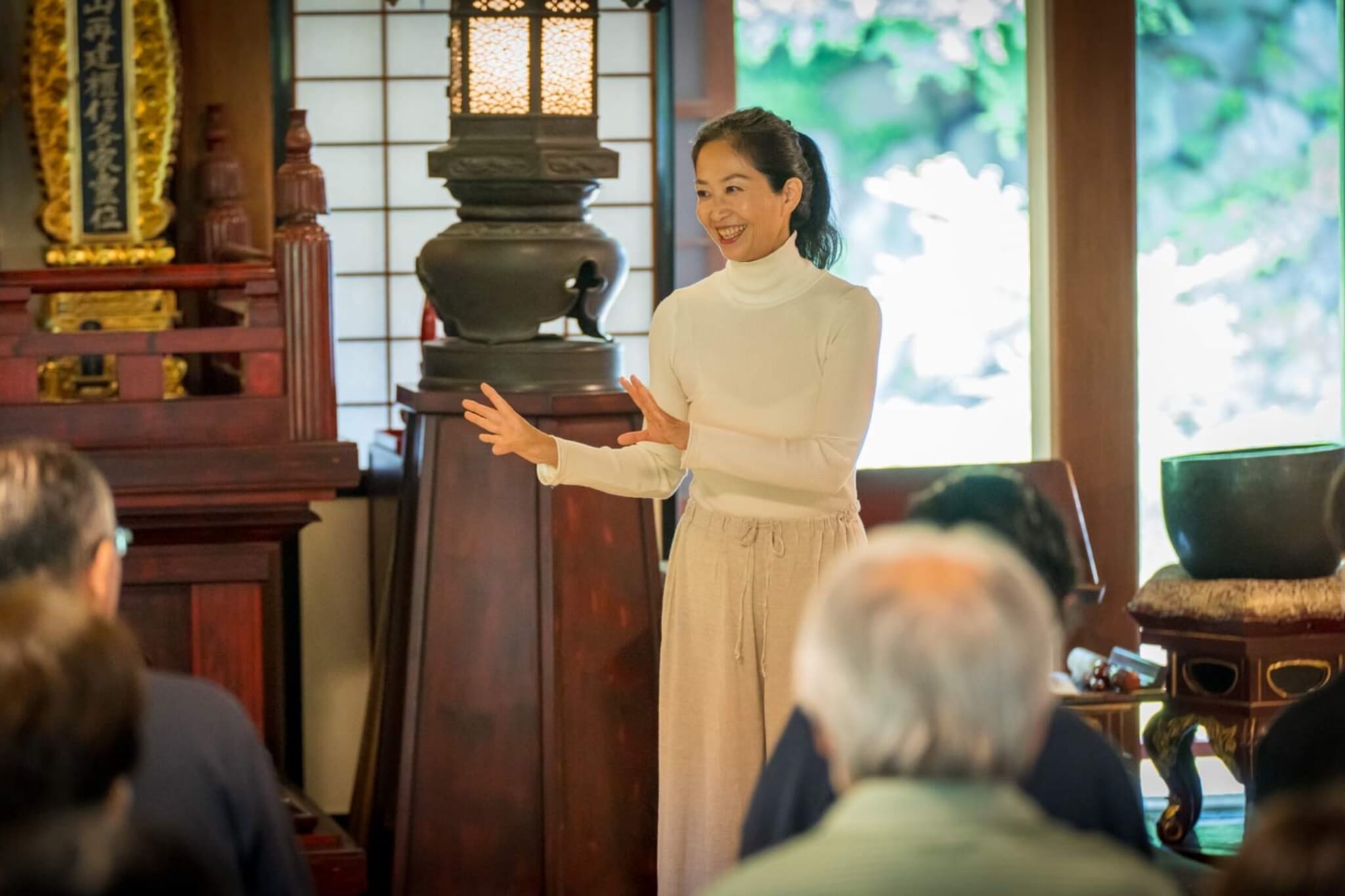The Japanese noun for “breath,” iki, is similar to the verb for “live,” ikiru, and perhaps this isn’t a coincidence, at least according to Yuki Shiina, the founder of Zen Kokyu, or Zen breathing, a mindful breathing practice. In a nearly 300-year-old Edo-period home, surrounded by the greenery of the Tokyo National Museum gardens, Shiina teaches a popular class on breathwork. I sat with her one mid-afternoon, moments after a torrential thunderstorm, and the open-air house smelled like rain and damp earth. Shiina jokingly says she and her students just partook in “lightning breathing.”
“I can always tell when it’s going to rain,” she continues. “My breathing comes in shallower when the weather is off.”
In an age where “mindfulness” and “holistic living” have become buzzwords, we hear a lot about many different health practices that promise to change your life. The abundance of information out there in this technological generation is overwhelming. It’s, therefore, easy to be skeptical when there are a lot of for-profit organizations selling dieting teas. Comparatively, Shiina’s practice is decidedly simple. She thinks of breathing as a source of energy, and that, when practiced correctly, the human body will take care of the rest. Shiina teaches that breathing correctly is at the root of connecting with yourself and your surroundings.
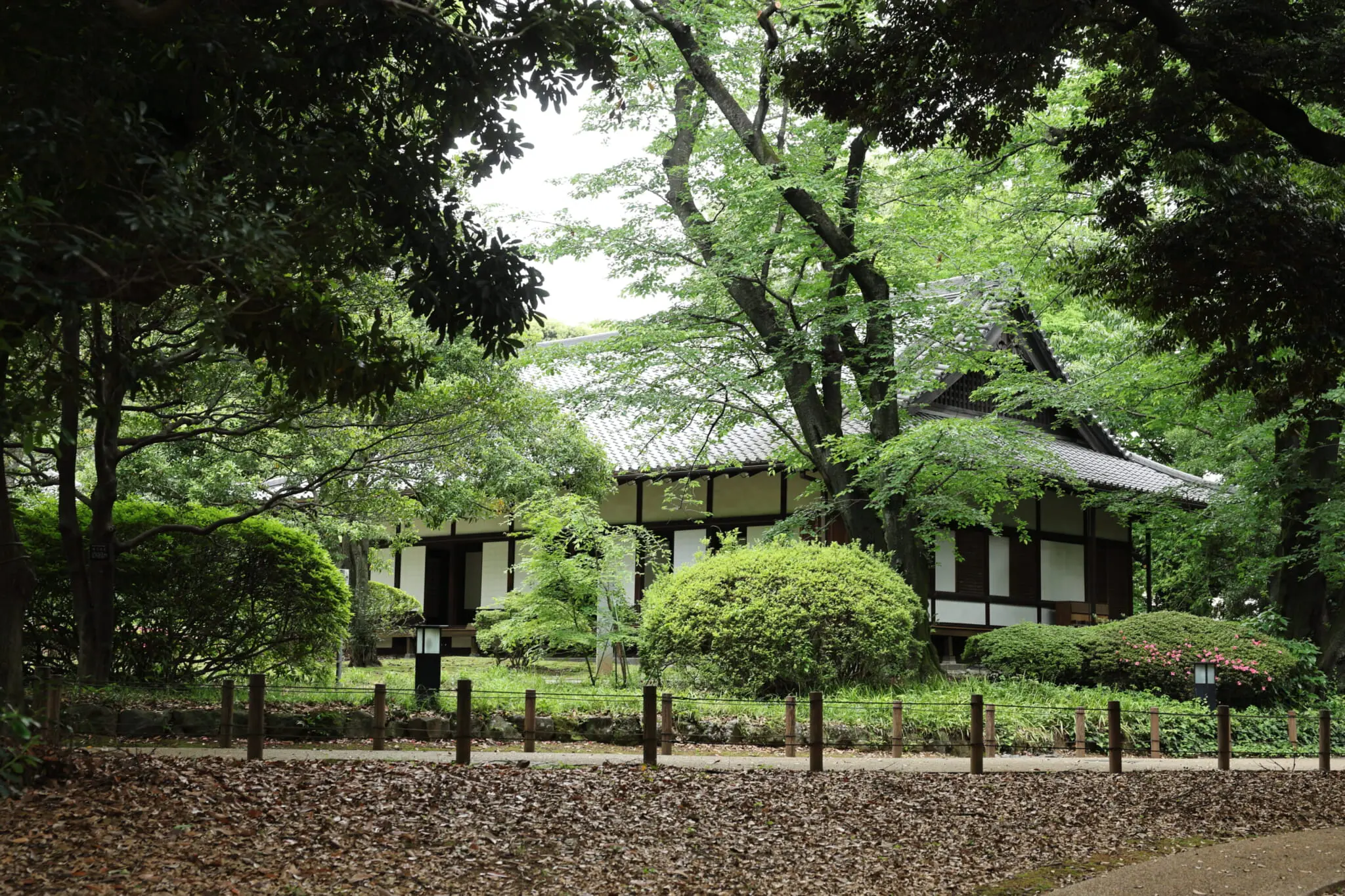
Courtesy of Tohaku Chakan
Treading History
Shiina may be a breathing guru now, but she wasn’t always on the path of inner healing. Before starting teaching, she worked as a radio personality and event MC. Having suffered 15 years of chronic pain, Shiina was at the point of giving up. That was when she heard of a French school of breathwork. Having tried just about everything, she figured she had nothing to lose. After taking on breathing practices, she almost instantly experienced relief from her pains, noticed better circulation and people noted her weight loss.
Fascinated by this change in her body, she dug deeper. Shiina realized the breathing technique that was quickly changing her life didn’t originate in France at all, but in her own country of Japan. She discovered Yasen Kanna, a book published in 1757 by a famous Zen Buddhist monk named Hakuin Ekaku. The book details how Hakuin was cured of “Zen sickness” by using the naikan (introspection) method.
“It was the first ever best-selling self-help health book,” Shiina explains. “People of the Edo period understood how to take care of their bodies because they couldn’t rely on modern medicine to fix them.”
Now, nearly 270 years later, in a house equally as old, Shiina is relaying Hakuin’s teachings to anyone who wants to learn. She laughs at how ironic it is that Western mindfulness is bouncing back to Japan, the country where many of its fundamentals originated.
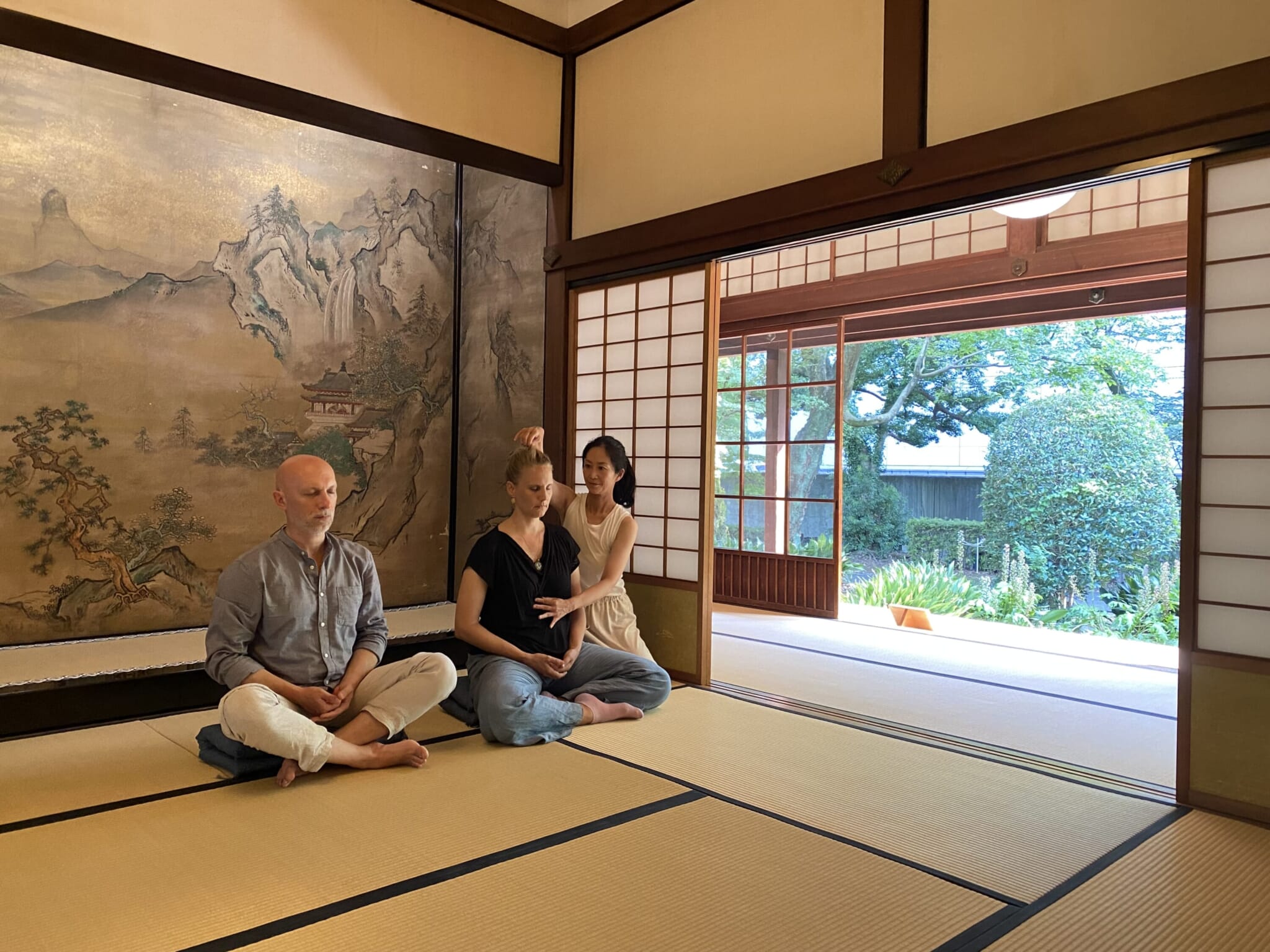
All About the Posture
One of the most frustrating things for Shiina is the lack of emphasis on posture seen in modern mindfulness practices. She’s enthralled that mindfulness is spreading, but she urges people to correct their posture while breathing meditatively to maximize its effectiveness. Shiina teaches her students to be mindful of their sacrum, the bony structure at the very end of the spine that sits above the tailbone. Most people live with their pelvis tilted one way or another, but the misalignment of the sacrum disrupts the deep breathing necessary for Zen Kokyu. With a hand on the sacrum, Shiina instructs her students to breathe out and to picture “straightening” the sacrum. This should naturally engage the core, setting up a straighter spine.
Another misconception people have about good posture is that the chest should be pushed out, shining the solar plexus upwards. This is usually an effort to compensate for the imbalance from a tilted pelvis, as well as an embodiment of Western beauty standards, seen in the military and even runway models. Perhaps not as sexy, but the “easiest” posture for correct breathing is accomplished with a neutral spine and lowered solar plexus. Shiina likens this posture to the daruma otoshi, a Japanese doll stacked with wooden blocks. When the blocks are aligned, the pillar is stable, and breathing comes in deep and easily.
If the posture is not aligned properly, Shiina explains that the body breathes in “active mode.” When breathing comes in shallow, the body fixates on keeping itself up and never fully relaxes. “We live in a generation where even babies have bad posture, no wonder we’re so tired all the time,” Shiina says. “I can always tell who’s an athlete because they’ve figured out the correct posture on their own.”
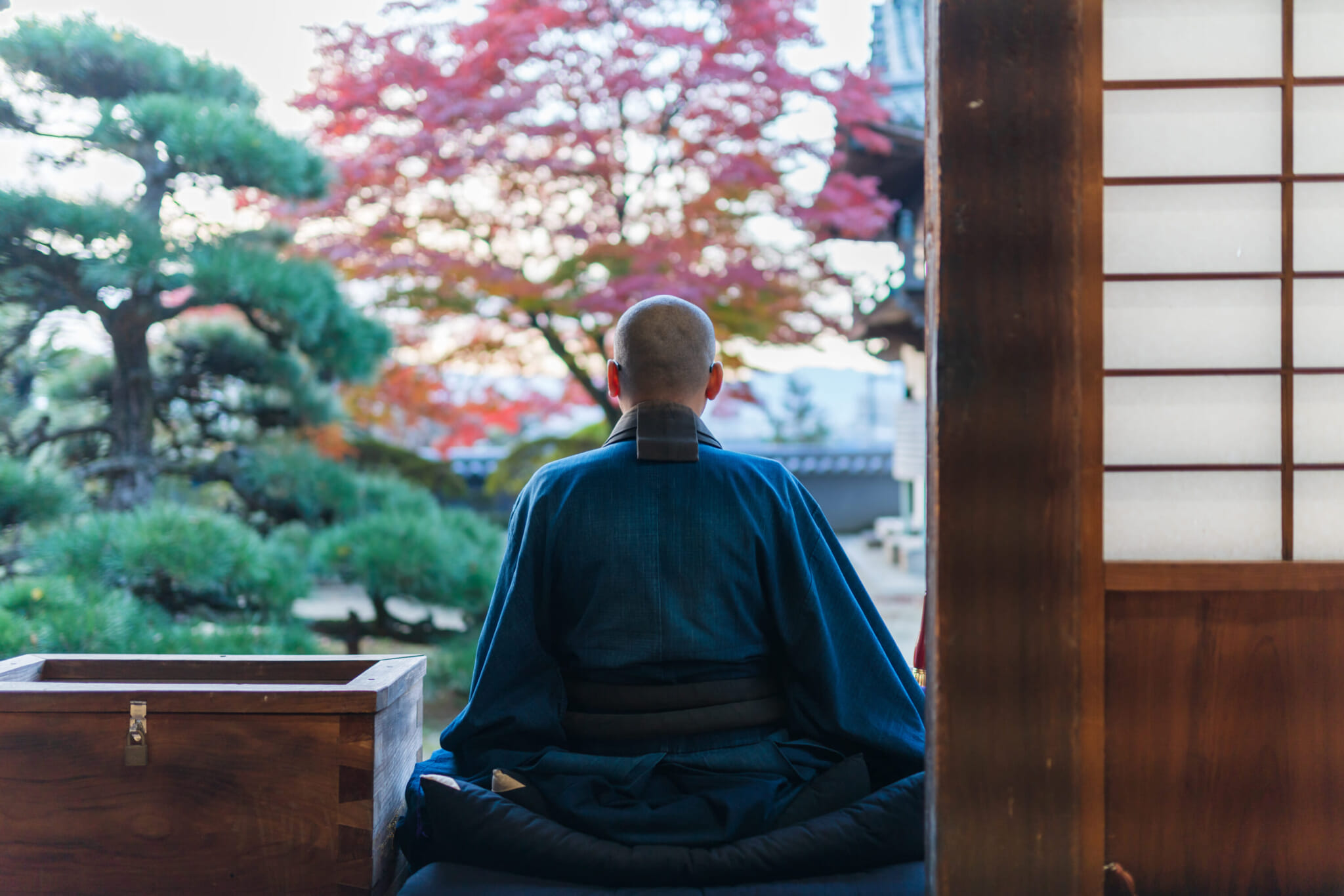
Courtesy of Tohaku Chakan
Breath as an Energy Source
We all know that oxygen is pumped throughout the body, and that taking deep breaths boosts circulation. Improved circulation leads to more energy and stamina. Because of the intertwined relationship between breath and the autonomic nervous system, breathing can quite literally dictate your body’s energy and emotions. While correct breathing can soothe and energize, shallow breathing can have the opposite effect, and in extreme cases even induce a state of panic.
When starting out, Shiina tells her students to practice 10 minutes of Zen Kokyu in the morning, for at least three months. Then, as the body gets used to this proper breathing, she says you can slowly reduce this time spent in the morning. Shiina herself only spends one or two minutes in the morning practicing Zen breathing and calibrating herself for the day.
“I feel weird if I don’t take time to breathe in the morning. Once I do, I’ve flushed out my system and I’m ready to accept the world for the rest of the day,” she says.
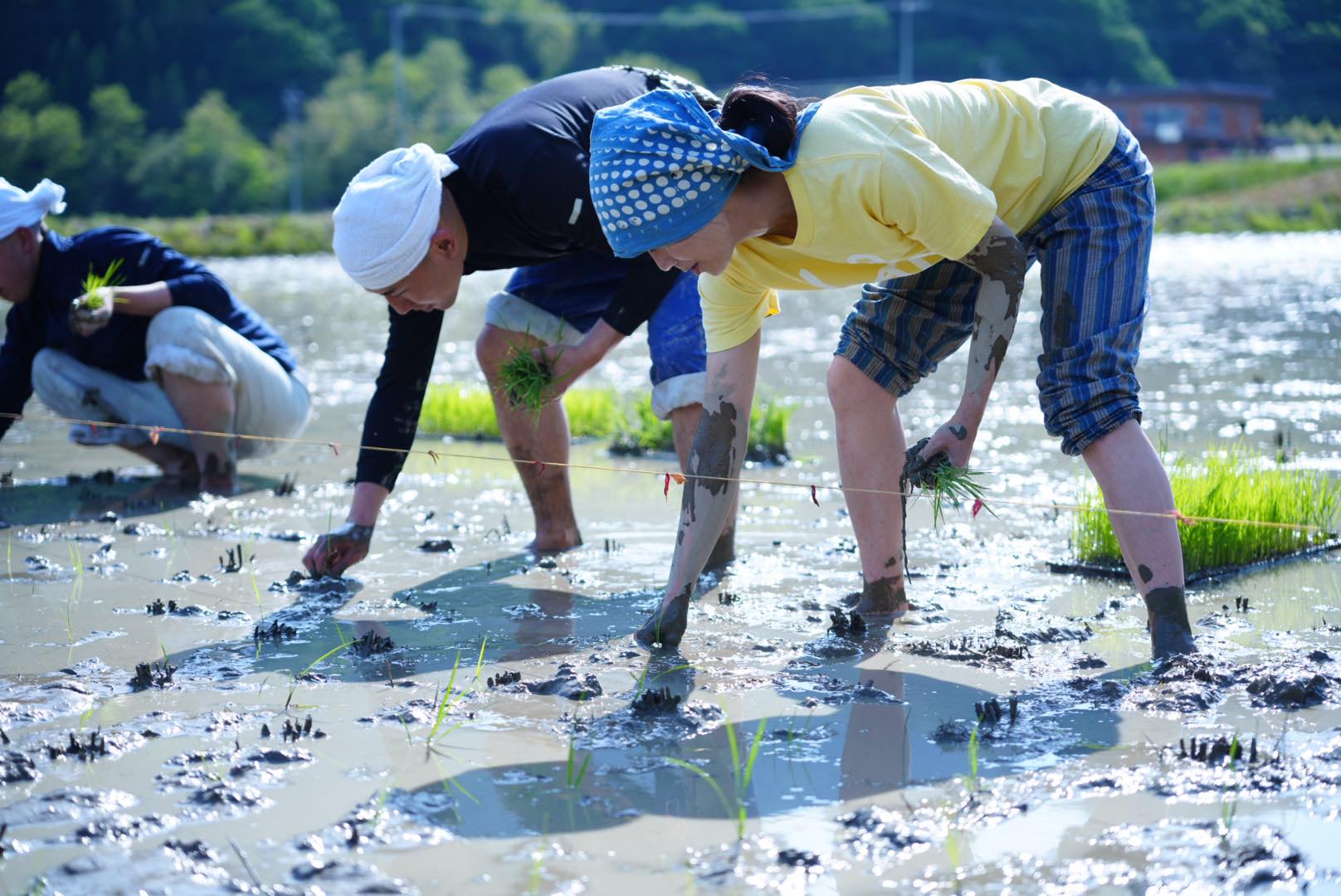
One with Nature and Beyond
Upon starting her Zen Kokyu practice, Shiina’s natural response was to be in nature. She has her own rice farm in Nagano, where she makes organic rice, free of pesticides and fertilizers.
“A billion microorganisms live in just one gram of dirt,” she says. “Our bodies feel energized by other life if we’re able to connect with our breath.”
Shiina claims other interesting ways her body can adjust to her surroundings, like how she wakes up feeling refreshed. She also no longer has jet lag when traveling to foreign countries. Breathing is a way for Shiina to connect with herself and understand her relationship with the world around her.
For most of us, we sit and stand all day. Retaining a posture is something we do without thinking. None of us can just “quit” having a posture. Hours of staring at a screen is part of our lives, so we have taught our bodies a posture that exhausts us. If correcting your posture to have a neutral spine and a straight sacrum allows deeper breathing, more energy and even relief from chronic pain, why not start now? Perhaps taking the time to breathe is the answer many of us are searching for.
Yuki Shiina taught a Breathwork Class at the Tohaku Chakan at the Tokyo National Museum until January 2024.

